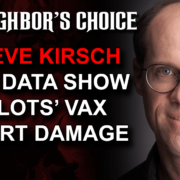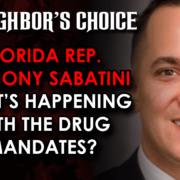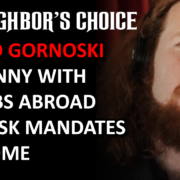THINGS HIDDEN 184: What Is Structural Violence?
In this THINGS HIDDEN episode, David Gornoski explains the meaning of the term “structural violence” and why we cannot deny its existence any longer. Why do we see such societal chaos around us today? Why aren’t coercive laws working the way they had in the past? What can we do to get out of this splintering of society?










When citing people being imprisoned for drug crimes as an example of structural violence, you need to consider whether people’s lives being destroyed by drugs is also and this makes it impossible for there to be a consensus for ending prohibitions. There is a reason why people cheer when Donald Trump calls the death penalty for drug dealers. They also care about victims. When average people state their political opinions, they are not calling for a specific policy, they are stating the end they want achieved. Publicly opposing a policy is perceived as opposing the policy’s end. The average person cannot spare the attention needed to see the distinction. Saying you want the war on drugs to be ended is the same as saying you want people addicted or dead, whether you mean that or not. I am starting to think that anyone libertarian-adjacent has zero excuse for not understanding this at this point. If someone says he is hungry and wants food, it would be absurd to assume that he is saying he wants to steal it. Progress is presenting solutions which do not victimize people.
When thinking about how to end the worst of the war on drugs, while still allowing government to strongly crack down on the harm caused by drugs, my idea might be to adopt a principle that addicts cannot consent. If someone dies from an overdose, then whoever supplied the drugs can be prosecuted for murder. Selling drugs is stealing money. This way, convicting someone would require proof of real harm.